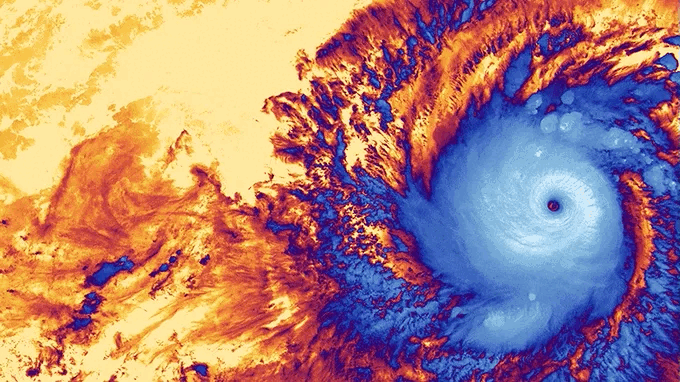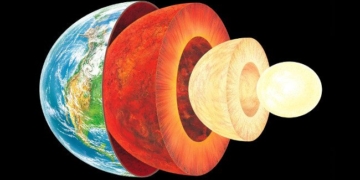Storms are something no one wishes for. But what would the Earth be like without them?
A storm is an event that few people anticipate, as it brings tumultuous weather, leading to difficult travel, flooding, and more.
However, what would happen if storms were absent? Scientists are discussing the concept of anticyclone—a phenomenon that is the opposite of storms and tornadoes.
In contrast to storms that bring tumult, anticyclones are associated with warm, sunny weather and slow-moving winds. However, this type of weather can easily turn into a “heat trap,” and you would not want to be its victim.
What occurs during an anticyclone is that high pressure pushes air down, causing it to heat up rapidly. Subsequently, slow-moving winds keep the hot air trapped in a “fire pan,” leading to the formation of a heatwave.
This is precisely what is happening in parts of Europe during the summer of 2023.
According to forecasters, the combination of human-induced global warming, strongly supported by El Niño, could result in several weeks of extreme weather across the southern part of the continent. Many cities, particularly Rome, could break the record of 40.7°C set in June 2022 in the coming days.

Satellite image capturing the movement of Typhoon Noru in 2022. (Photo: Tropicaltidbits).
Moreover, meteorologists are concerned that the temperature record for the entire European continent is about to be broken. According to the World Meteorological Organization, the previous record was 48°C recorded in Athens on July 10, 1977.
In fact, data from the Copernicus Sentinel-3 satellite of the European Space Agency earlier this week showed ground temperatures in Europe exceeding 45°C, including in Rome, Naples, Taranto, and Foggia. Notably, the slopes of Mount Etna in Sicily recorded temperatures over 50°C.
This heatwave is not only hotter but also lasts longer than before, averaging around 2 weeks. Additionally, models indicate that climate change is making extreme weather events more common.
Forecasts suggest that extreme heatwaves that once occurred “once every ten years” may now happen in just 2 to 3 years.
According to Iflscience, June 2023 was the hottest June ever recorded on Earth. Furthermore, the first week of July was also the hottest consecutive seven days our planet has experienced in 100,000 years.
Therefore, from a scientific perspective, the occurrence of a storm can sometimes be a welcome event in the context of extreme heatwaves scorching the globe.
Statistics from 2022 indicate that extreme heatwaves were estimated to have caused around 60,000 deaths. Moreover, the occurrence of heatwaves has long-term effects on the health of the population.


















































